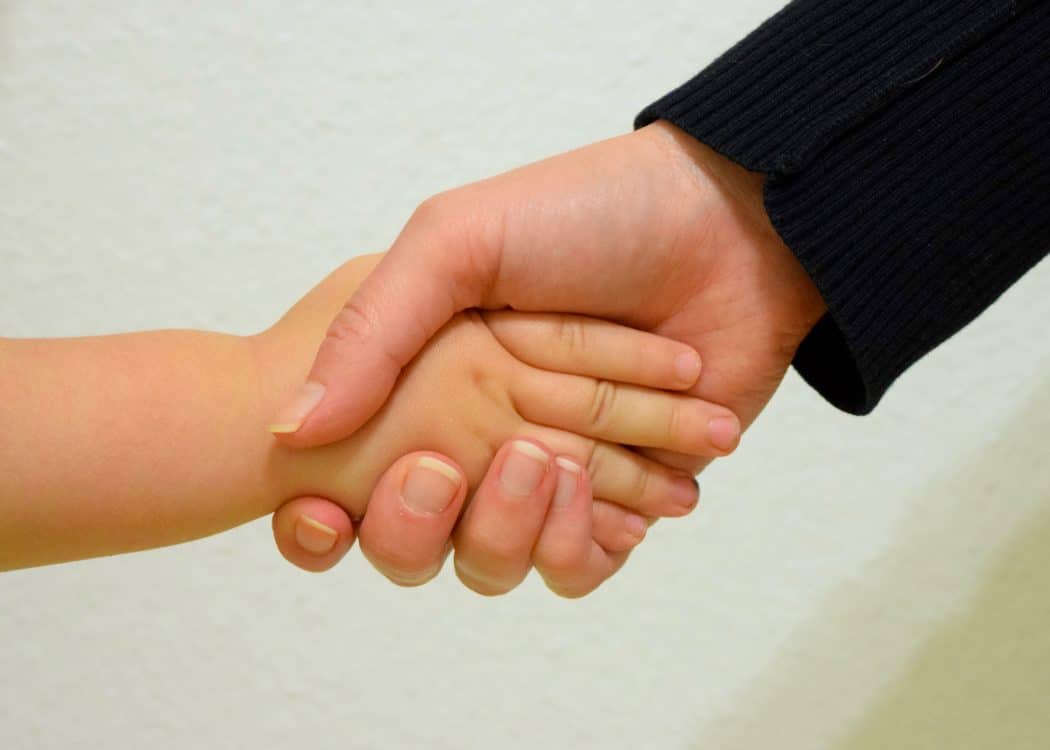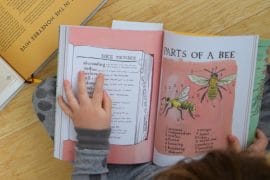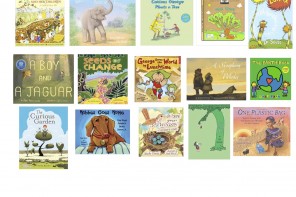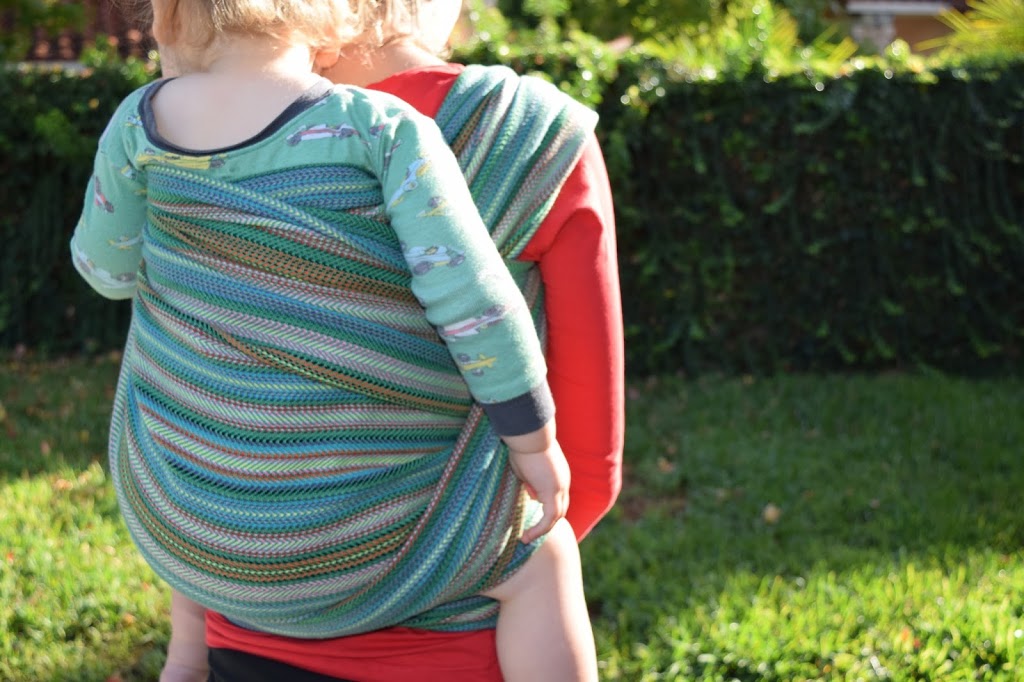My favorite teacher was the one I had for 9th grade English. It was her last year teaching before retiring, but she still had that spark of passion for her job. At the beginning of each lesson, she would walk to each desk and greet her students, one by one. She would give us her hand to shake, look us the eye, and say “hello”. In fact, it was one of the first lessons my class had with her. The lesson was about the why we should learn how to greet and the importance of a good first impression. She went so far to explain how to shake someone’s hand properly (by gently squeezing the “meaty” part of the person’s palm) and the significance of looking someone in the eye when you meet them. This teacher taught also me more about writing, reading, and analytical skills than any instructor I have ever had. But her lessons on a proper “hello” has been one of the most useful adult life skills that I acquired.
American society values individuality, so it’s not entirely surprising that we aren’t very good at saying hello or goodbye. It’s really a skill that is learned when young and while naturally absorbing normal social behavior. Each culture around the world has it’s own social rules and habits when it comes to greetings. And most of these cultures value saying “hi” to each other, often adding a “how are you” and polite conversation. But American culture, although we have our own set of social greeting norms, are quite loose. Unless we are in a business situation or among friends, we rarely step out of our personal shell. We typically go about our daily business absorbed in our needs, our goals, and what we are doing. Older kids walk into a classroom with no acknowledgement from their peers, younger kids hardly look at a visitor, and adults run errands as anonymously as possible.
A study was done called, “To Be Looked at as Though Air: Civil Attention Matters” by Eric D. Wesselmann (found in the January 2012 edition of Psychological Science) that studied how people connect. They went to a university and had woman walk around acknowledging people differently. Some, she looked at ‘as though they were air’, others she made eye contact with, and the rest she made eye contact with and smiled. What they found is that eye contact, especially when accompanied with a smile, made them feel more connected. The conclusion of these researchers was that humans feel included when other acknowledge them with eye contact, a very subtle but powerful social signal. Eye contact, particularly with the polite smile, is basically a nonverbal greeting.
A child is impacted by the inclusion of a greeting as well. When a child greets another, they are acknowledging that person, telling them that they matter. As soon as they greet another, or at the very least acknowledge a greeting, they are signaling to themselves that they are now engaged in a social encounter. And, a positive greeting is a great way to start off that encounter with positive vibes. Think about how it lifts your mood, at least a little bit, when someone says “hello” to you. We all want to be seen, and teaching a child to see others and let them know that they see them, is one of the most valuable lessons a kid can learn. For that moment, the child is forced to consider someone else, prompting empathy. It can definitely be argued that teaching a child to greet another person helps to teach empathy.
My toddler is far from greeting a person, in fact, most are lucky to get eye contact and a smile from him. But this is very normal for young children. What is important is that he sees me modeling how to say “hi” to someone, so that he can see both the impact as well as the social behavior lesson. It’s also important that I prompt him to say “hello”. He is never forced, just encouraged. One day, it will click and he will feel brave enough to greet someone.
What happened to a good “Hi, how are you doing?” Perhaps it is due to general decline of manners/social politeness. Many of these old fashioned formalities are pretty much forgotten or ignored in the modern age. But socially dictated norms like a greeting go beyond being stuffy or pompous, they are vitally important as humans. To acknowledge one another and empathize, to begin a friendship, to make a person happy, to feel included can all be prompted with a simple “hello”.






